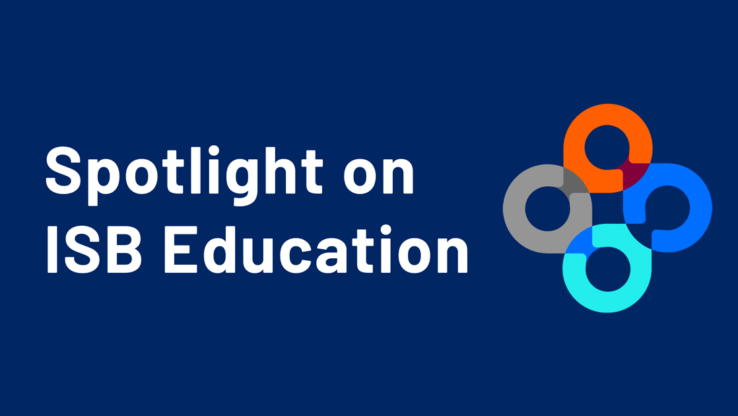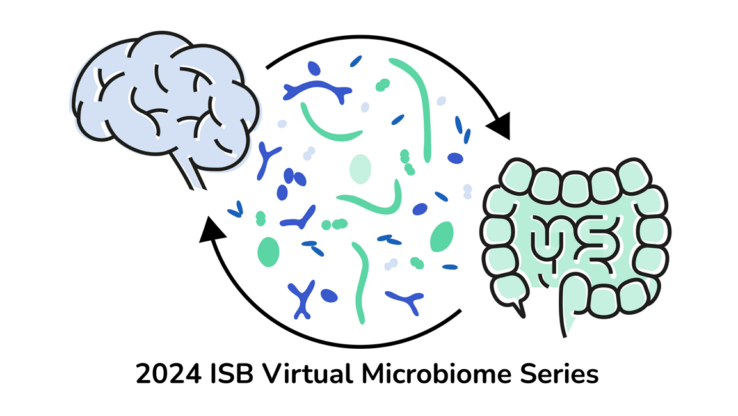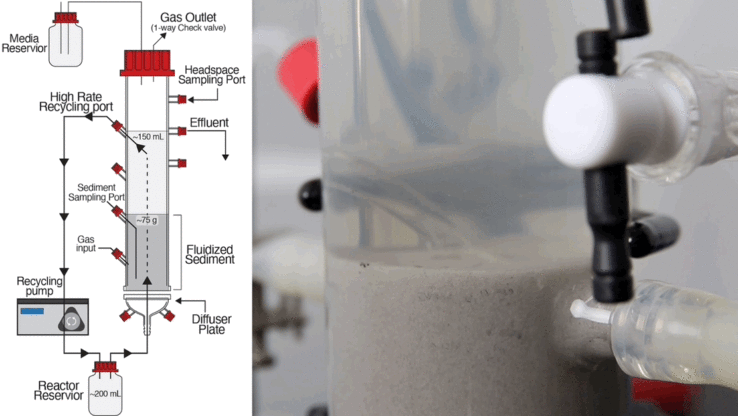Small, Persistent Increase in the Expression of NOD1 May Promote Cancer Risk
 isbscience.org/news/2021/01/07/small-persistent-increase-in-the-expression-of-nod1-may-promote-cancer-risk/
isbscience.org/news/2021/01/07/small-persistent-increase-in-the-expression-of-nod1-may-promote-cancer-risk/
Drs. Naeha Subramanian, Leah Rommereim Gilmore, and Ajay Suresh Akhade have discovered that a slight uptick in the expression of NOD1 can promote cancer risks. Their work was published in the journal Science Signaling.
Researchers in ISB’s Subramanian Lab have found that a small, persistent increase in the expression of NOD1 could be responsible for higher cancer risks.
NOD1 is an innate immune sensor within our cells that detects pathogens and cell-state disturbances and mounts an inflammatory response. When its regulation is thrown out of whack, uncontrolled NOD1 signaling leads to an increase of proto-oncogenes (multi-functioning mutated genes).
The research team found that a slight 1.5-fold uptick in NOD1 expression can activate the protein and downstream signaling pathways in a manner similar to vast (30- to 200-fold) overexpression.
“We have discovered a surprisingly ‘dangerous’ set-point behavior for NOD1 wherein even a small, but persistent, increase in its expression leads to a large change in the transcriptional profile of a cell, resulting in higher risks of cancerous activity,” said ISB Assistant Professor Dr. Naeha Subramanian. “To avoid such spontaneous activity, NOD1 abundance is very tightly controlled in human cells by microRNAs. Slightly elevated expression of NOD1 due to disruption of microRNAs can sensitize cells to mount an inflammatory response to very low and usually harmless amounts of microbial ligands and increase oncogenic activity.”
The work was recently published in the journal Science Signaling.
Looking downstream
“This exemplifies the need to look carefully at networks downstream of minor changes in amounts of key sensors – especially when these changes accumulate in a chronic fashion,” said ISB Research Scientist and co-first author Dr. Ajay Suresh Akhade.
There is a developing body of work suggesting that there are key proteins within tumors that function as master regulators and that dysregulation of these proteins, even at a small scale, can have cascading effects on the tumor regulatory architecture that promotes tumorigenesis.
ISB’s study does not conclude that NOD1 is a master regulator, but it does highlight that a similar regulatory architecture is present in smaller systems within cells and that modest dysregulation can have significant impacts over time.
‘Follow the biology’
Genetic variants in NOD1 are associated with risk of developing gastric cancer, and future work using The Cancer Genome Atlas (TCGA) and single-cell data will explore the possible repercussions of such small changes in gene expression on the origins of gastric cancer in humans.
“This project grew from an initially surprising observation that what essentially was a negative control cell line was exhibiting a nearly identical transcriptional profile to an overexpression line,” said Dr. Leah Rommereim Gilmore, co-first author of the paper and former ISB postdoctoral fellow. “This observation may have prompted some to sideline the project as a technical failure, but we hypothesized there might be a biological rationale for these observations. This work is a reminder to follow the biology and assume, until proven otherwise, that there is no bad data, simply data that we don’t quite understand.”






